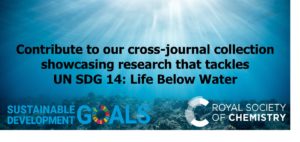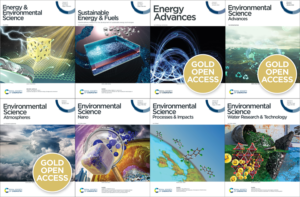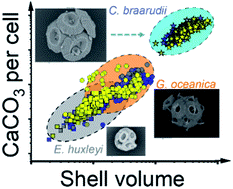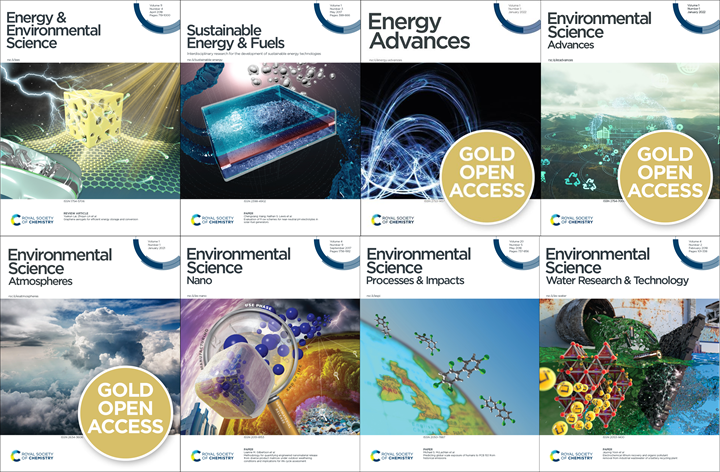
Urgent action is needed to combat the climate emergency and associated impacts – and across the world, our community are collaborating to address UN Sustainable Development Goals (SDGs).
We have put together a collection of leading content on marine litter and microplastics from across our energy and environmental science journals. This diverse collection features work on the detection of microplastics in water, their fate and mitigation pathways– vital information that will help us to combat climate change and address SDG14.
Read on to discover this exciting collection, featuring:
Fluorogenic hyaluronan nanogels for detection of micro- and nanoplastics in water by Luca Prodi, Damiano Genovese et al. Environ. Sci.: Nano, 2022,9, 582-588
The fate of plastic in the ocean environment – a minireview by Helge Niemann et al. Environ. Sci.: Processes Impacts, 2021,23, 198-212
Microplastics in ecosystems: their implications and mitigation pathways by Manjusri Misra and Amar K. Mohanty et al .Environ. Sci.: Adv., 2022,1, 9-29
Join us in tackling the climate crisis
Contribute to our cross-journal collection showcasing research advancing UN SDGs
The principles of the UN SDGs align closely with our own – to help the chemical science community make the world a better place. So that we can achieve this, we are curating a cross-journal collection across our energy and environmental science journals.
This collection will cover studies which advance our understanding of the climate situation, and present new technologies & innovations to combat climate change – inclusive of environmental engineering, materials science, energy science disciplines and beyond.
We invite you to publish your next paper in this collection – quote ‘XXSDGN1422’ when submitting your manuscript. You can put your trust in both our rigorous peer review process and fast times to publication – which are less than 9 weeks after submission across all our journals.
If you have some exciting results to publish on these topics, we would be delighted to hear from you – we are also very happy to guide you on which RSC journal would be the most appropriate for your paper.






